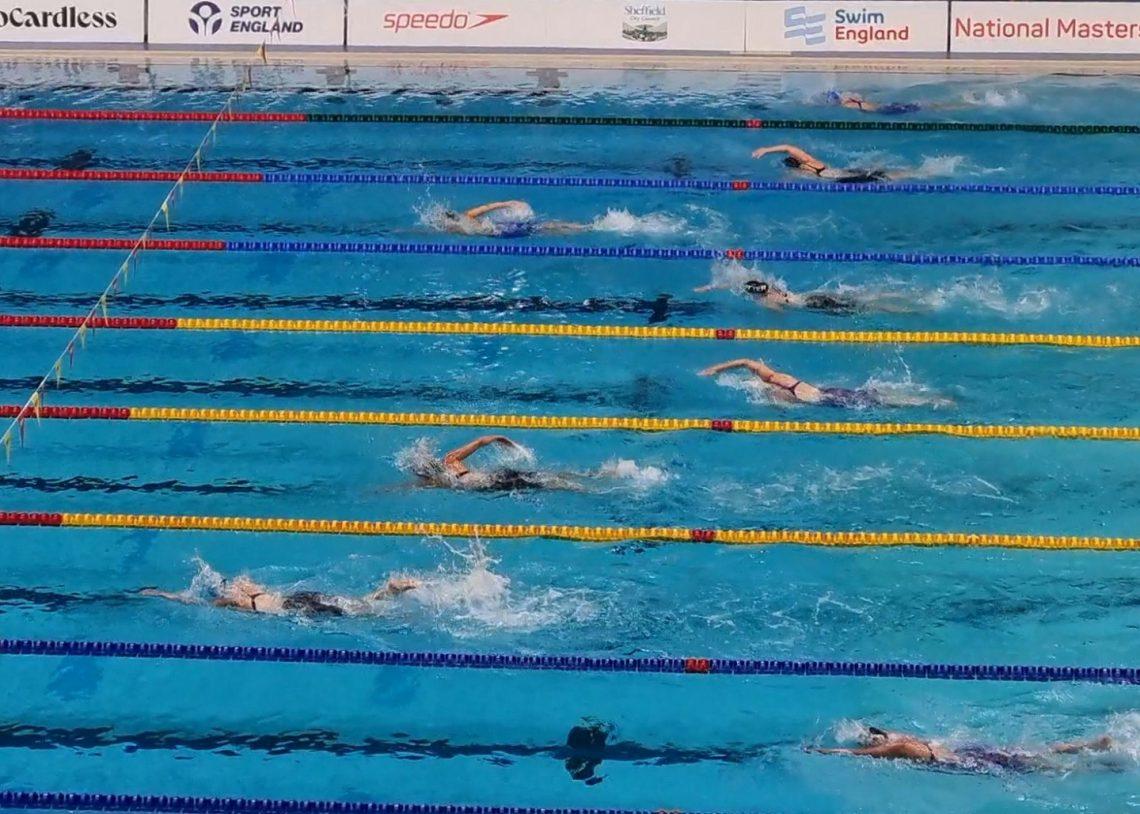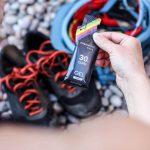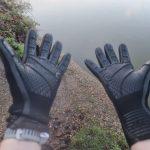
7 ways to sprint faster in swimming
We look at how long-distance swimmers can become better sprinters, and if there are consequences for trying
When we write about training at Outdoor Swimmer, our focus is usually on preparing for longer swims. Long-distance swimmers aim to swim at a fast yet sustainable pace for as long as it takes. They do long steady swims in training and work on pacing. Their swimming technique needs to be efficient and minimise the risk of injury. They swim aerobically and sustainably.
But what if you want to race in the pool over typical sprint distances of 50, 100 or 200m? How should you modify your training? Read on for our suggestions.
Change your mindset
Start by thinking about yourself as a sprinter rather than a long-distance swimmer. When people ask about your training, say: “I’m a sprinter now”. It’s a subtle change but it will make a difference. At training sessions, you’ll start taking it easier on the long-distance stuff and put more effort into the sprints.
Do sprints every session
Even if you’re in a crowded pool or doing a long-distance coached session, try to fit in some sprints, somewhere. It doesn’t need to be much. This is partly about developing a sprinter mindset. Do a couple of half-length sprints at the end of your warmup. During the main set, push off the wall and do five powerful sprint strokes before settling back into a steady swim. When time and space allow, do 25m and 50m sprints, with lots of rest in between.
Enter a masters event and choose the sprints
Nothing tells you you’re a sprinter like standing on the blocks at the start of a 50m splash and dash, and nothing makes you put everything into going fast than doing it in a race. Don’t limit yourself to front crawl. Do as many of the strokes as you can, and the 100m individual medley too. Afterwards, analyse your swim to see where you might improve.
Embrace kick sets
As a long-distance swimmer, often the most useful thing you can do with your legs is as little as possible. If you can keep them close to the surface and in a streamlined position behind your body, then you don’t need to kick much. A gentle two or six-beat kick will suffice to keep you balanced in the water. Sprinters, in contrast, generate significant power through a muscular, high-energy kick. If you want to make the most of your legs, then you need to train them. Kick sets build leg strength and help ankle mobility. Don’t grumble about them. Do them and ask for extra. Occasionally use fins.
Looking for kit to help you kick? Try:
Work the starts and turns
Starts and turns don’t count for much in a 10km open water swim but can save you precious parts of a second in the pool. When training for distance, many swimmers don’t pay much heed to turns. Turns are a chance for a brief rest, aren’t they? If you want to improve as a sprinter, you need to maximise the benefit you get from turns. Practice accelerating towards the wall – the faster you go in, the faster you come out. Tuck tight and turn with commitment. Push off hard into a streamlined glide, then work those underwater dolphin kicks (watch a video of Michael Phelps to see how to do this properly).
Review your technique and experiment with it
Good swimming technique is important for both sprinting and long distances, and there are a lot of similarities in technique between a sprinter and endurance swimmer. An effective catch and streamlined body position are essential for both. But sprinters typically have a higher stroke rate (sometimes facilitated by less of a side-to-side roll), a more powerful kick (as discussed above), possible differences in stroke timing and sometimes a straighter arm recovery. Get a coach to watch or film you to make sure you’ve got the fundamentals right, and experiment with variations. Do lots of drills in training to improve your body position and catch. Test to see at what point moving your arms faster is counterproductive. What happens if you use a straighter arm recovery?
(It can help to work with a coach on your technique – see our coach listings)
Strength training
All swimmers can benefit from strength training but it’s particularly helpful for sprinters. Don’t worry if you can’t or don’t want to access a gym. There is plenty you can do at home. Start with general strength and conditioning exercises, especially for your core. You can then add swim-specific exercises using swim cords. Squats and jumps are also good for your starts and turns. You can also experiment with using paddles and fins during swim training.
Need paddles? Try:
Will it make a difference?
In March 2023, I swam 1:02.90 for 100m FC. In October, I swam 1:00.70: a 2.2s improvement in 6 months, after adding the above to my swim training. While that might not sound a lot, that latter time was the second fastest 100m FC I’ve ever swum in my life. In terms of UK masters age group rankings, it moved me from 16th position to 6th. I also recently swam lifetime personal bests for 50m breaststroke and 50m backstroke, which is something I didn’t expect.
However, the real benefit had nothing to do with actual speed or rankings. I enjoyed doing something different with my swimming and challenging myself in a different way.
However, there were downsides. Training for sprints reduced the time I spent on endurance swimming. Going 2s quicker over 100m doesn’t translate to 8s faster over 400m or 30s over 1500m. In fact, my 400m time has got a little slower. I also find long-distance training sets harder than I used to. In swimming, as in life, you can’t have everything. But you can have fun trying.
Note: This article contains affiliate links. If you buy one of the products linked to above, we may receive a commission.
If you want to make more of your swimming, check out Swim Mentoring and Remote Coaching.








